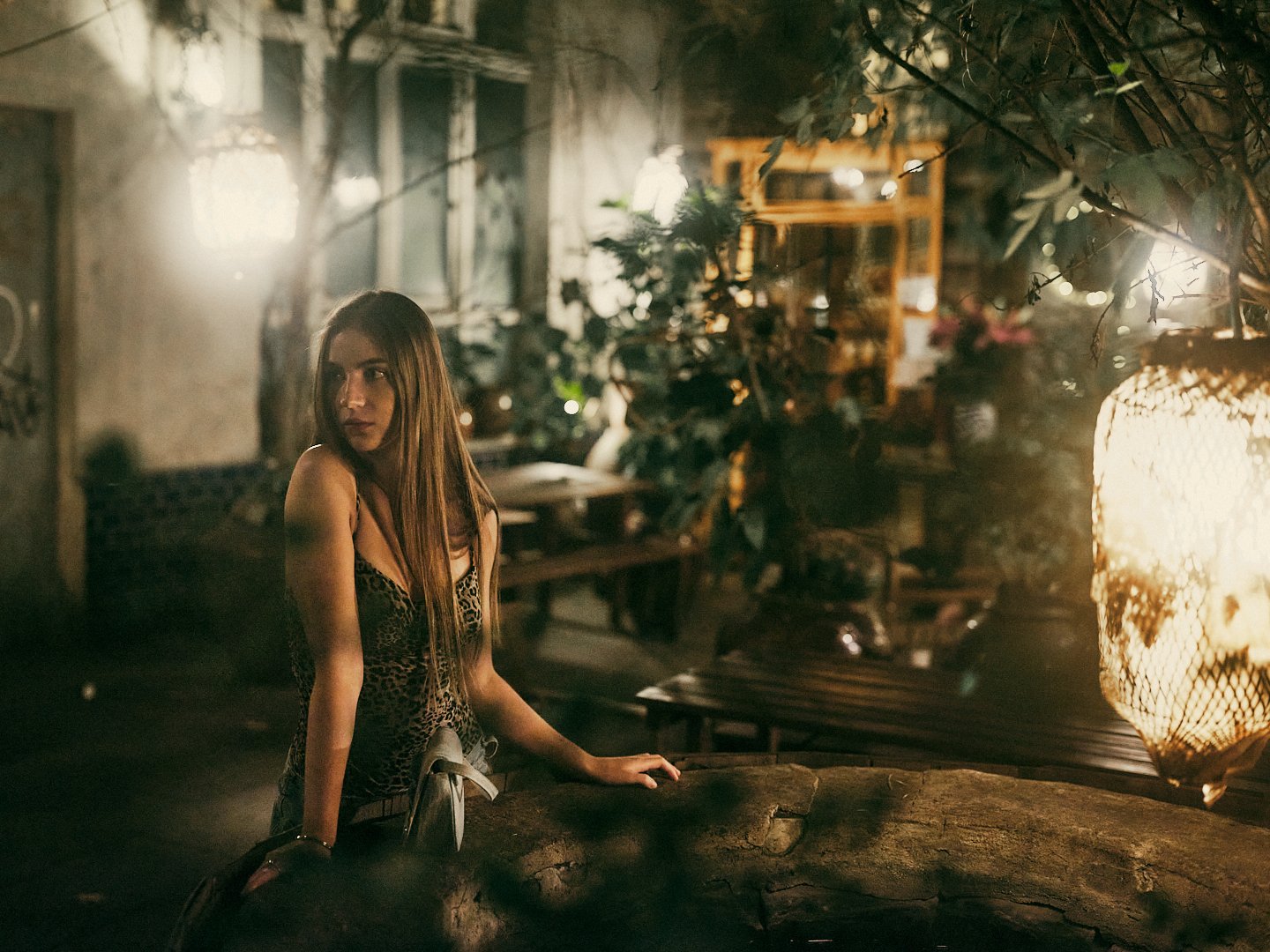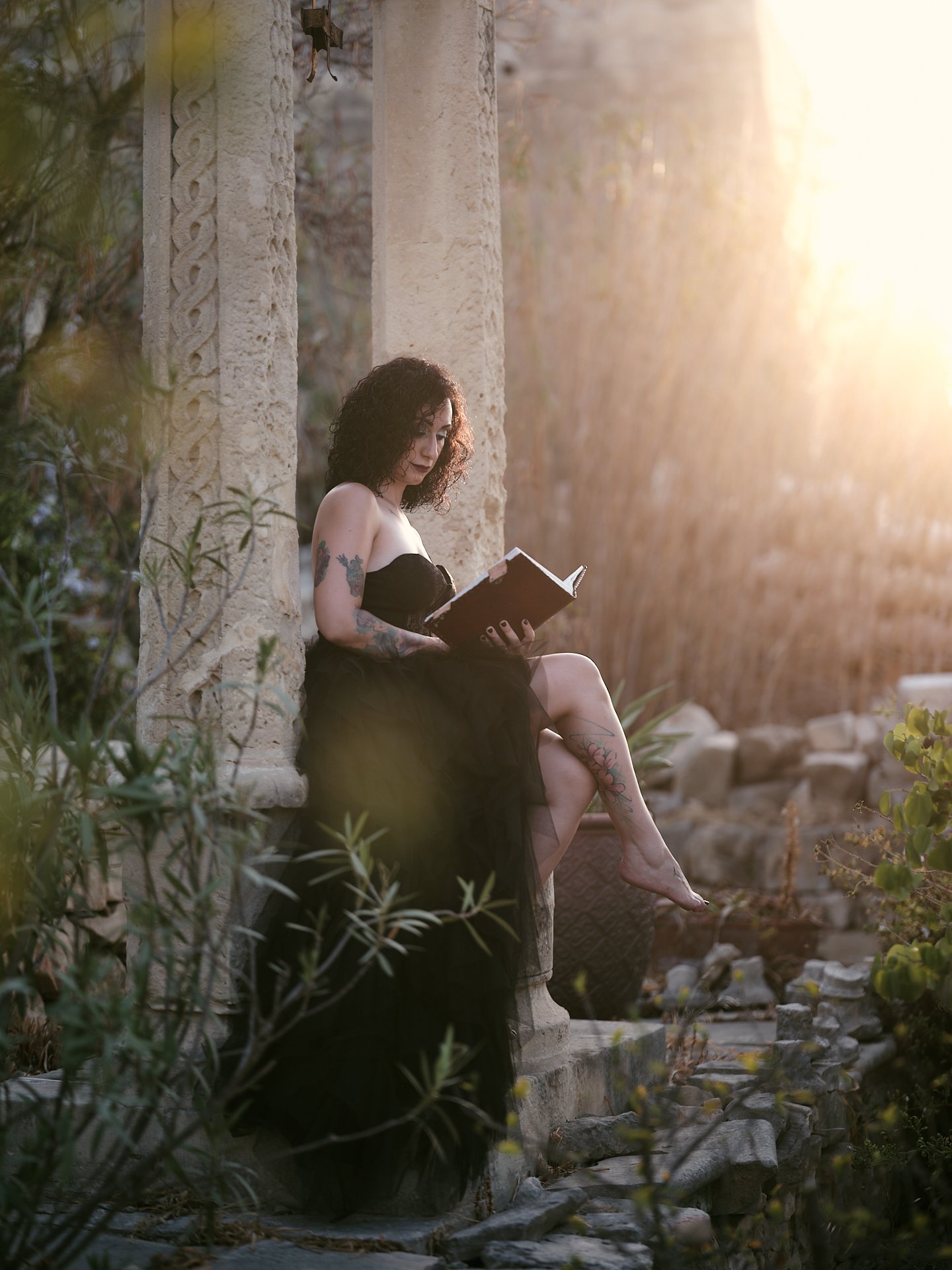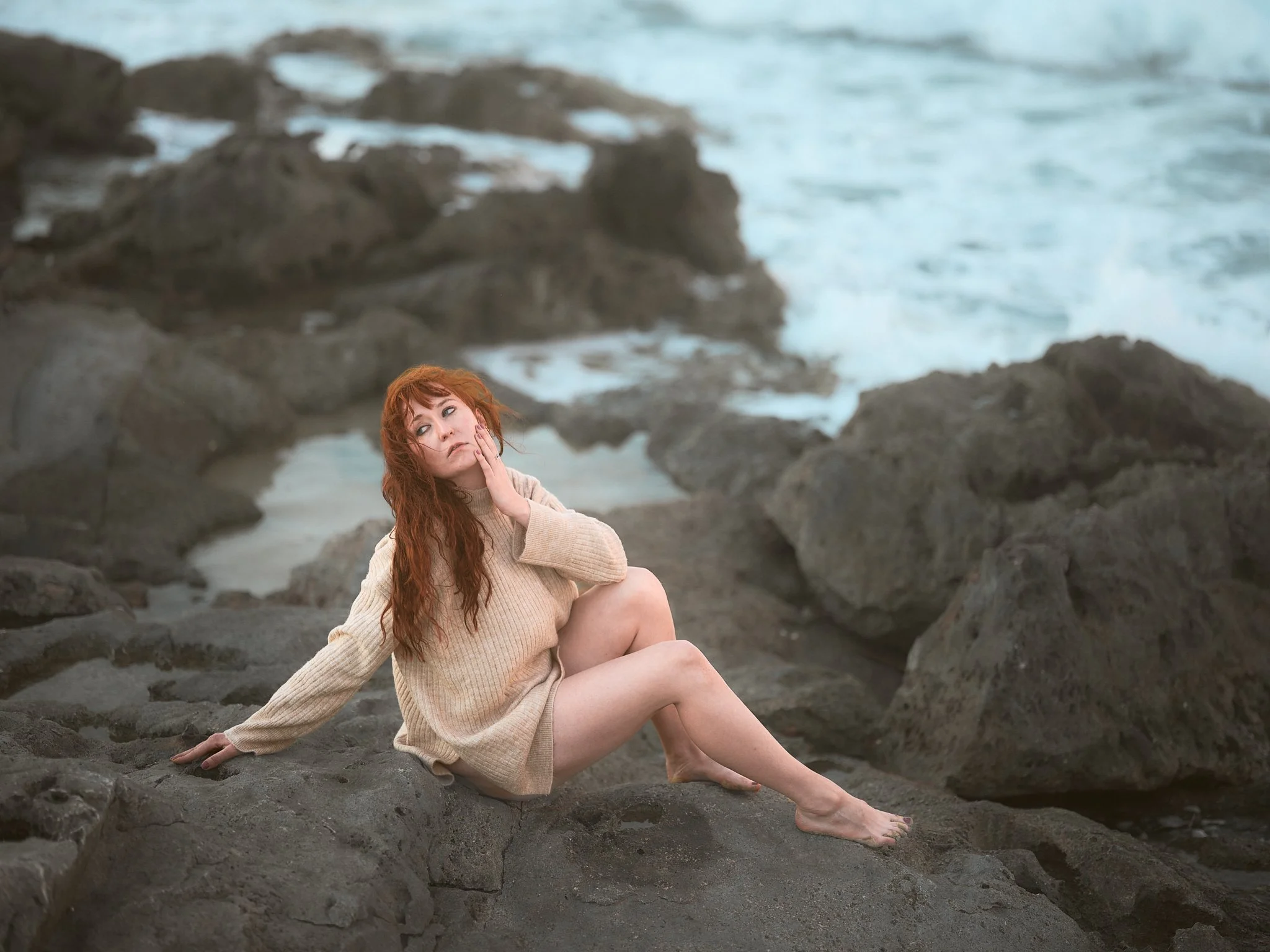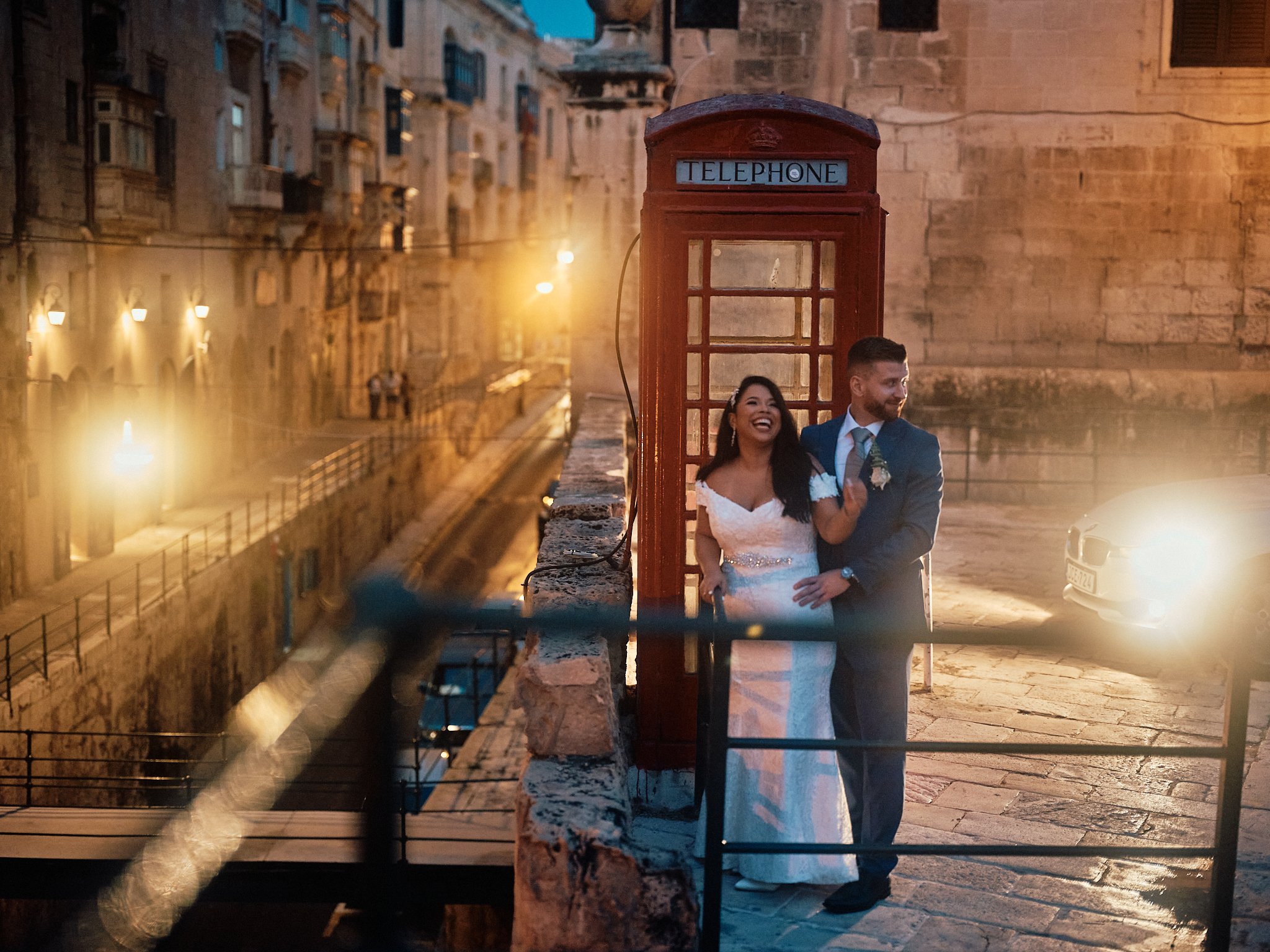Fujifilm GFX50S II Review: Unmatched Quality at a Bargain Price in 2024
As a photographer considering the transition to medium format for over a year, I chose the Fujifilm GFX50S II after weighing the pros and cons of full-frame systems like the Sony A7 IV and Canon R5.
While these full-frame options excel in autofocus, video specs, and lens variety, the unique image quality of medium format drew me to the Fuji GFX50S II. Additionally, since its release date, the price has dropped significantly, and there are amazing new and used options available, which convinced me to try it over similarly priced full-frame alternatives.
After four months of using the system and several portrait photoshoots, I can confidently say it has won me over. Here’s my honest review, complete with numerous sample images across various scenarios.
Fujifilm GFX50S II Sample Image #1 | Fujinon GF 55mm F/1.7 | ISO 100 | F/1.7 | 1/420 | Film Simulation: Classic Negative
Fujifilm GFX50S II Specs at a Glance
51.4MP Large Format CMOS sensor (43.8mm x 32.9mm)
X-Processor 4 with advanced autofocus and face/eye detection
6.5 stops of five-axis IBIS (In-Body Image Stabilization)
19 Film Simulation modes for stunning color science, including the latest Nostalgic Negative, not available in previous models
Lightweight body: 900g (1.98lb) with weather resistance
Dual UHS-II SD card slots
Full HD video at 1080p, 30fps
Native ISO 100-12,800 (expandable to ISO 50-102,400)
Compatible with GF lenses resolving over 100MP
Wireless connectivity: Wi-Fi, Bluetooth
Fujifilm GFX50S II Sample Image #2 | Fujinon GF 55mm F/1.7 | ISO 100 | F/1.7 | 1/340 | Film Simulation: Classic Negative
Why I Chose the Fujifilm GFX 50S II Over Full-Frame Cameras
Deciding to invest in a medium format camera like the Fujifilm GFX50S II wasn’t easy. I knew from the outset that this camera wouldn't match the video specs or lightning-fast autofocus of modern full-frame hybrids, but my goal was to elevate my photography style to a level that full-frame couldn’t offer. The GFX50S II brings a completely different set of strengths, particularly in image quality, tonal range, and a unique 3D-like medium format "look" that’s simply unmatched.
Fujifilm GFX50S II Sample Image #3 | Fujinon GF 110mm F/2 | ISO 100 | F2 | 1/2900 | Film Simulation: Classic Chrome
I work with individuals, couples, and families in well-planned, controlled environments. With my slower, more deliberate style of shooting, I’ve found that the GFX 50S II fits perfectly. The larger sensor size and dynamic range allow me to push the limits of post-processing without sacrificing detail. Plus, Fujifilm's retro aesthetics, incredible film simulations like Classic Chrome, and stunning color reproduction right out of the camera add a unique flair to my work.
Fujifilm GFX50S II Sample Image #4 | Fujinon GF 110mm F/2 | ISO 800 | F2 | 1/1250 | Film Simulation: Classic Chrome
Image Quality: A Photographer's Dream
What do I like most about the Fuji GFX50S II? It’s the razor-sharp image quality and the ability to capture the finest details without even needing extensive post-processing. However, for social media, I sometimes have to resize or apply filters to avoid excessive sharpness creating unwanted effects like moiré — if someone is wearing a striped shirt, for example.
Fujifilm GFX50S II Sample Image #5 | Fujinon GF 55mm F/1.7 | ISO 500 | F/1.7 | 1/170 | Film Simulation: Classic Chrome
I personally use a 10% Moment CineBloom filter to soften a bit the image and give it a more cinematic, film-like appeal. This magic filter brings a very subtle glow to the skin, making my customers look like Hollywood stars and saving me hours in post-processing. Gone are the times of plastic-doll retouching — today’s portrait photography is all about natural appearance and subtilty.
Fujifilm GFX50S II Sample Image #6 | Fujinon GF 55mm F/1.7 | ISO 2000 | F/1.7 | 1/105 | Film Simulation: Classic Chrome
One of my favorite features is the dynamic range; recovering 2-3 stops in post is incredibly clean, making it ideal for both editorial and commercial work. The tonality is amazing, especially when shooting in natural light conditions, and Fujifilm's Classic Chrome film simulation is my go-to for most shoots, providing a beautiful muted color palette with rich contrast.
Fujifilm GFX50S II Sample Image #7 | Fujinon GF 55mm F/1.7 | ISO 2500 | F/1.7 | 1/180 | Film Simulation: Classic Chrome
Unique Lens Options and the Medium Format Advantage
Another aspect I love about the GFX system is the lens lineup itself. Fujifilm’s focal lengths don’t mirror the usual full-frame standards, which makes them feel refreshingly different to shoot with. The rendering has its own balance of depth, separation, and character — technically flawless, yet with a distinct look.
Fujifilm GFX50S II Sample Image #8 | Fujinon GF 55mm F/1.7 | ISO 12800 (Ambient Light - No Flash) | F/2.2 | 1/85 | Film Simulation: Classic Chrome
One thing I love about the 0.79× medium format factor is how it gives lenses their own quirky character — for example, the GF 110mm f/2 works out to roughly an 87mm f/1.6, and the GF 55mm f/1.7 comes in around a 43mm f/1.3. Those shifts in focal length and depth of field create a look you don’t usually see on full-frame, which is why the images feel fresh and stand out.
Fujifilm GFX50S II Sample Image #9 | Fujinon GF 55mm F/1.7 | ISO 160 | F/2.8 | 1/160 | Film Simulation: Classic Chrome
Drawbacks: Autofocus Speed and Video Specs
While the GFX 50S II is a powerhouse for still photography, its autofocus isn't designed for high-speed action or event photography. I've attempted to use it for family photoshoots, and unless the subjects are relatively still, it can't keep up with the fast-paced movement like modern full-frame cameras.
Fujifilm GFX50S II Sample Image #10 | Fujinon GF 110mm F/2 | ISO 800 | F/2 | 1/450 | Film Simulation: Classic Chrome
Other than that, the autofocus system is incredibly precise and accurate — I’d estimate that 99.7% of my photos are perfectly in focus. From my observations, it’s better to avoid (1) high-contrast light backgrounds (e.g., placing the subject against a light-grey sky); (2) poorly lit places (where even eyes struggle to see a thing) — and you shouldn’t experience any focus-hunting issues.
Fujifilm GFX50S II Sample Image #11 | Fujinon GF 55mm F/1.7 | ISO 320 | F/2 | 1/3200 | Film Simulation: Classic Chrome
For me, the relatively slow AF system is a fair trade-off, especially considering the breathtaking detail in each 50-100MB super-high-resolution image, along with the fact that I've saved around $4,000 by not opting for the Fujifilm GFX 100S or the Fujifilm GFX100S II, which feature a superior autofocus system and video specs.
Fujifilm GFX50S II Sample Image #12 | Fujinon GF 55mm F/1.7 | ISO 1250 | F/1.7 | 1/60 | Film Simulation: Classic Chrome
The video capabilities of the GFX50S II fall short compared to today's hybrid cameras that offer 4K or 8K with superior autofocus. But since my primary focus is photography, this limitation doesn’t affect me.
Fujifilm GFX50S II Sample Image #13 | Fujinon GF 55mm F/1.7 | ISO 400 | F/1.7 | 1/80 | Film Simulation: Classic Chrome
Size and Weight: A Trade-off for Build Quality
Another thing you’ll notice right away is the camera’s weight and size. Coming from a DSLR background, the Fuji GFX50S II felt substantial in my hands, especially when paired with lenses like the GF 110mm f/2.0. This is a beast compared to my old DSLR, but the build quality is outstanding, and it feels robust and professional.
Fujifilm GFX50S II Sample Image #14 | Fujinon GF 110mm F/2 | ISO 200 | F/2 | 1/400 | Film Simulation: Classic Chrome
The ergonomics are great for my larger hands, and despite its weight, it’s a worthy trade-off for the superior image quality. A bonus point: I almost never need to use an external flash or additional lighting thanks to the medium format’s exceptional light-gathering capability and sensitivity. Clean ISO 12,800 covers me in 99% of the situations. As a result, my photo backpack ends up being lighter at the end of the day.
Fujifilm GFX50S II Sample Image #15 | Fujinon GF 110mm F/2 | ISO 100 | F/2 | 1/250 | Film Simulation: Classic Chrome
Conclusion: Who Is the Fujifilm GFX50S II For?
If you’re a photographer specializing in portrait, editorial, or fine art photography and prefer a slower, more intentional approach, the Fujifilm GFX50S II is absolutely worth it. Its image quality is unparalleled, and the medium format sensor delivers a distinct "look" that full-frame cameras simply cannot replicate. For controlled environments, the GFX50S II beats full-frame systems hands down.
Fujifilm GFX50S II Sample Image #16 | Fujinon GF 55mm F/1.7 | ISO 500 | F/1.7 | 1/180 | Film Simulation: Classic Chrome
However, if you’re into fast-paced event photography or need top-tier video capabilities, this might not be the best choice.
Fujifilm GFX50S II Sample Image #17 | Fujinon GF 55mm F/1.7 | ISO 800 | F/1.7 | 1/85 | Film Simulation: Classic Chrome
Where to Buy Fujifilm GFX 50S II?
Since the Fujifilm GFX50S II has been discontinued and replaced by the newer GFX100 II, it now sells at excellent prices, both new and used. This makes it a perfect entry point into the GF medium format camera system, offering a golden balance between the older GFX 50R and the pricier GFX100 II.
Fujifilm GFX50S II Sample Image #18 | Fujinon GF 55mm F/1.7 | ISO 12800 (Ambient Light - No Flash) | F/2.5 | 1/140 | Film Simulation: Classic Chrome
For those seeking high-end image quality on a budget, this is a rare opportunity. You can enjoy the 10K-camera look at a fraction of the price — often for just 5K or less (depending whether you buy new or used), including a GFX50S II body and a go-to GF prime lens of your choice. It’s a very low entry threshold for anyone looking to transition to medium format photography without breaking the bank.
Fujifilm GFX50S II Sample Image #19 | Fujinon GF 55mm F/1.7 | ISO 12800 (Ambient Light - No Flash) | F/1.7 | 1/60 | Film Simulation: Classic Chrome
And here’s the secret: this camera isn’t for everyone —especially those accustomed to the rapid-fire convenience of full-frame models. As a result, there’s a healthy supply of gently used, mint-condition units available, often at a significant 44% off the original price. There’s simply no better deal to access medium format quality in 2024. At that price, you can choose between a semi-pro full-frame camera or a barely used ‘Aston Martin’ of medium format cameras: the GFX 50S II.
Fujifilm GFX50S II Sample Image #20 | Fujinon GF 55mm F/1.7 | ISO 100 | F/1.7 | 1/480 | Film Simulation: Classic Chrome
Here are a few places where you can find great deals on the GFX50S II:
Amazon (new, $3,999; used, $2,860)
MPB (used, like new - that’s where I’ve got mine!):
U.S. - starting from $2,229 - only 5 left at time of writing - check availability and prices - - use my promo code MPBTCH5 to get a 5% discount before 17th November
UK - starting from £1989 - 10 available at time of writing - check availability and prices - use my promo code MPBUK5 to get a 5% discount before 14th November
Germany - starting from €2,229 - only 3 left at time of writing - check availability and prices
France - starting from €2,229 - only 3 left at time of writing - check availability and prices
Netherlands - starting from €2,229 - only 3 left at time of writing - check availability and prices
EU - starting from €2,229 - only 3 left at time of writing - check availability and prices
Adorama (new, $3,999)
B&H Photo Video (used, $3,198.95)
Thank you for sticking with me through this review! If you're curious about full-resolution/RAW files from the Fujifilm GFX50S II or have any questions, feel free to reach out.























